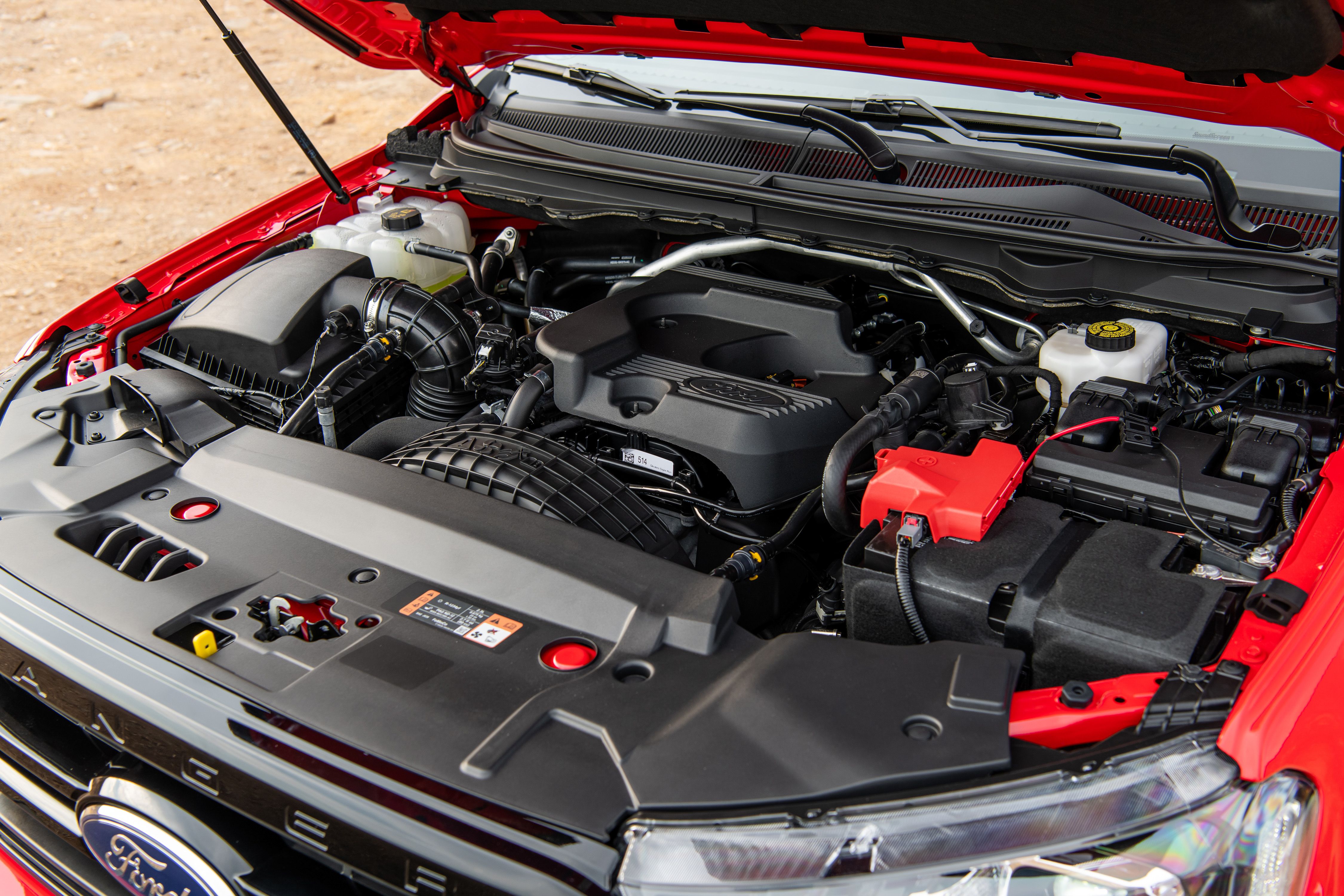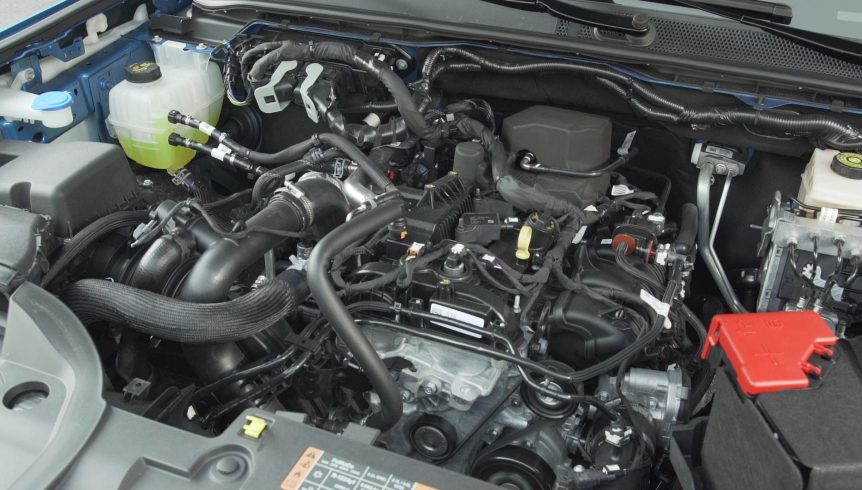Understanding the Fundamentals of Vehicle Engines: Functions, kinds, and functions

Summary of Car Engines
A vehicle engine acts as the heart of a lorry, converting fuel right into mechanical energy to drive it ahead. This intricate system consists of various parts that work in unison to make sure optimum performance and effectiveness. The fundamental procedure of an automobile engine entails the internal burning process, in which fuel and air are combined, sparked, and removed to create power.
The engine's layout can considerably affect its efficiency, gas performance, and emissions. Secret elements consist of the cyndrical tube block, pistons, crankshaft, and camshaft, each playing an essential function in the engine's general function.
Along with these parts, engines frequently use different systems such as fuel injection, ignition, and cooling systems to improve efficiency and longevity. Comprehending the basic auto mechanics of cars and truck engines is crucial for diagnosing problems and executing upkeep, inevitably adding to the lorry's reliability and efficiency with time.

Sorts Of Cars And Truck Engines
Car engines can be classified right into a number of types based upon their layout, gas type, and functional concepts. 2.2 ford ranger engine. The most usual classifications include internal burning engines (ICE), electric engines, and hybrid engines
Interior burning engines, which can be additional divided right into gas and diesel engines, run by stiring up a fuel-air blend to produce power. Fuel engines are commonly lighter and smoother, while diesel engines are more fuel-efficient and deal greater torque.
Electric engines utilize electric power kept in batteries to power an electrical motor, supplying immediate torque and no exhausts during procedure. As innovation advancements, electrical cars (EVs) are significantly coming to be prominent for their ecological benefits and reduced running costs.
Crossbreed engines combine aspects of both internal burning and electric engines, enabling flexible source of power and improved gas efficiency. They can run in numerous settings, utilizing either the gas engine, the electrical motor, or both concurrently.
Each type of engine has distinctive advantages and disadvantages, influencing their application in different lorry kinds and market sectors, from compact vehicles to durable vehicles. Understanding these types is crucial for making informed decisions concerning lorry choice and performance expectations.
Engine Features Explained
Comprehending engine features is crucial for grasping exactly how lorries run efficiently. At the core of any type of interior burning engine exists the essential procedure of transforming gas right into power. This process begins with the consumption stroke, where air and gas are drawn right into the burning chamber. Following this, the compression stroke presses the air-fuel mixture, enhancing its temperature level and stress.
The ignition occurs next, firing up the mix and creating a rapid development of gases. This pressure drives the piston down throughout the power stroke, which ultimately translates right into the rotational activity of the crankshaft. The exhaust stroke after that removes the spent gases from the chamber, making way for a brand-new cycle to start.
Along with these key features, engines likewise incorporate systems that manage air conditioning and lubrication, making certain optimum operational temperature levels and lowering rubbing between relocating parts. This elaborate interaction of features makes it possible for the engine to create the power required for lorry propulsion while keeping efficiency find here and integrity. Comprehending these functions provides valuable understanding into the intricacies of automobile design and improves the ability to diagnose and resolve engine-related problems efficiently.
Trick Engine Functions
Engine design incorporates a number of crucial functions that substantially influence efficiency, efficiency, and durability. One of the most important facets is the engine arrangement, which consists of inline, V-type, and level layouts. Each configuration impacts the engine's equilibrium, size, and power output, consequently impacting overall automobile dynamics.
An additional important function is the engine variation, describing the complete quantity of all cylinders. Larger variations generally generate more power however might endanger gas performance. Engine materials additionally play a pivotal function; lightweight and high-strength materials, such as light weight aluminum and magnesium alloys, improve efficiency without including too much weight.
The kind of gas shot system employed-- such as multi-port or direct injection-- impacts burning effectiveness and exhausts. Turbocharging and turbo charging are functions that improve engine efficiency by requiring added air into the burning chamber, raising power result without significantly increasing engine dimension.
Last but not least, the visibility of innovative engine management systems optimizes fuel-air mixture and ignition timing, adding to smoother procedure and much better fuel economic climate. Jointly, these functions define an engine's capabilities, setting the structure for its efficiency and longevity in a competitive auto landscape.
Maintenance Tips for Engines
Proper engine upkeep is critical for making certain optimum performance and longevity, as disregarding regular treatment can bring about considerable issues down the line. To preserve your engine properly, start with regular oil adjustments, typically every 3,000 to 7,500 miles, relying on the kind of oil made use of. Fresh oil lubes engine components, lowering friction and wear.
Additionally, monitoring coolant levels is important to prevent getting too hot. Guarantee that the coolant is covered up and is in excellent condition to keep reliable temperature regulation. Regularly check and replace air and gas filters, as blocked filters can impede airflow and fuel distribution, jeopardizing engine performance.
Furthermore, pay attention to ignition system and ignition systems. Defective or used ignition system can result in misfiring and lowered performance. Inspecting the battery terminals and links for rust is also vital, as a weak battery can influence engine starting.
Final Thought
In summary, a detailed understanding of cars and truck engines incorporates numerous kinds, features, and key features that considerably influence car performance. Internal burning engines, in addition to electrical and hybrid choices, show varied systems for energy conversion. 2.2 ford ranger engine. Recognizing the important functions, such as intake and exhaust cycles, alongside crucial engine features like configuration check these guys out and gas shot systems, furnishes cars and truck proprietors with the understanding required for effective upkeep and procedure, inevitably improving car longevity and performance
A car engine offers as the heart of an automobile, converting gas right into mechanical power to push it forward. The basic procedure of an you could try here automobile engine involves the inner burning process, in which gas and air are blended, ignited, and eliminated to produce power.
On a regular basis examine and change air and gas filters, as clogged filters can impede airflow and gas shipment, endangering engine effectiveness. - 2.2 ford ranger engine
In recap, a detailed understanding of vehicle engines incorporates various kinds, functions, and crucial features that substantially influence automobile performance. Acknowledging the important features, such as intake and exhaust cycles, together with critical engine functions like arrangement and fuel injection systems, outfits vehicle proprietors with the knowledge necessary for efficient upkeep and operation, inevitably improving car long life and performance.